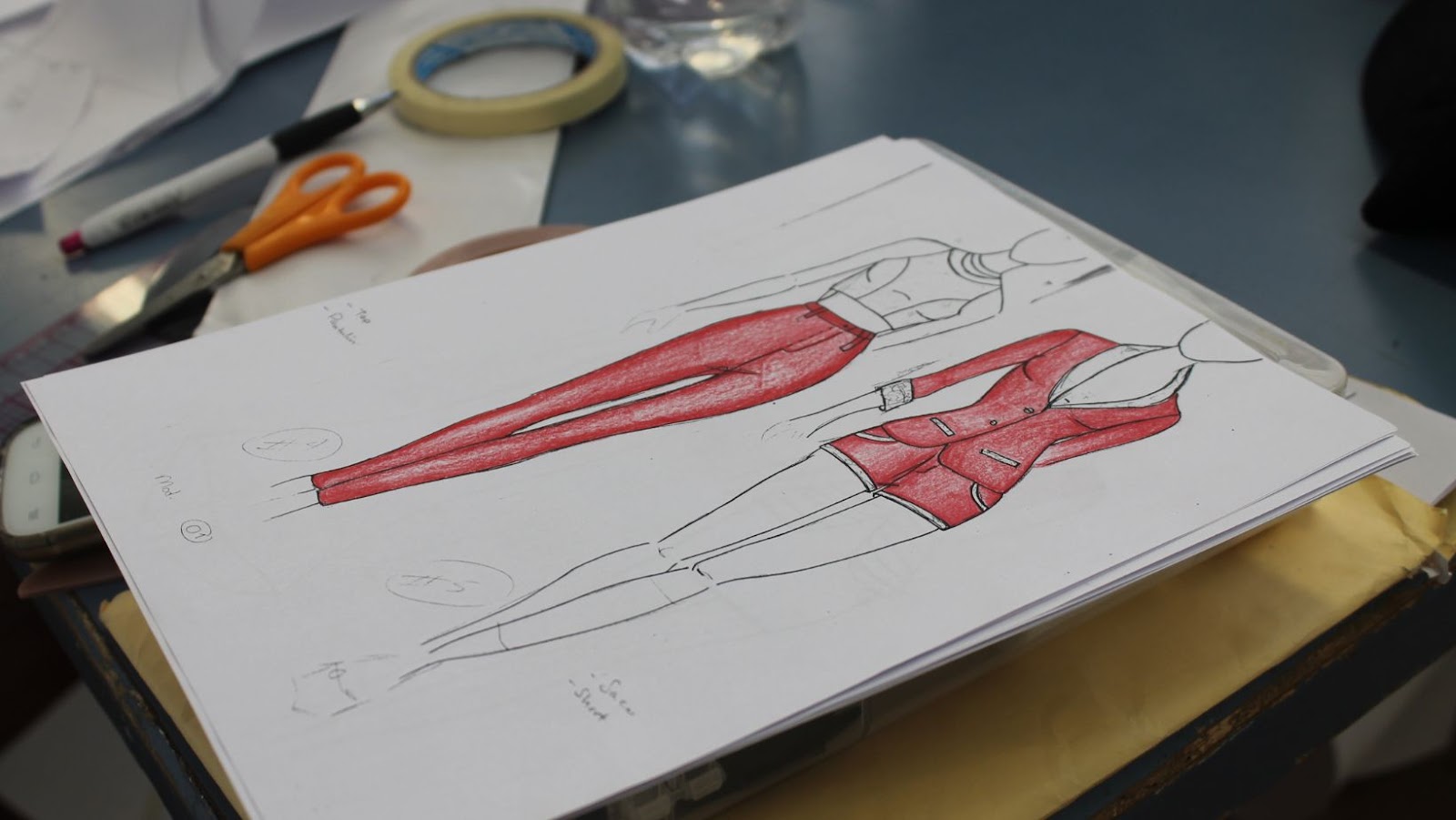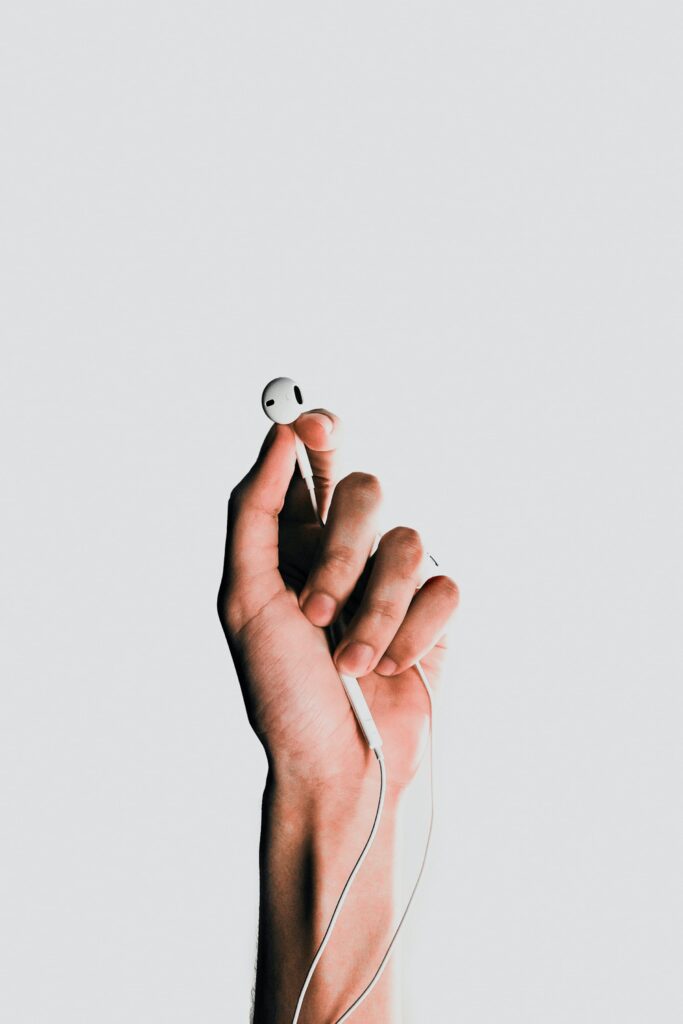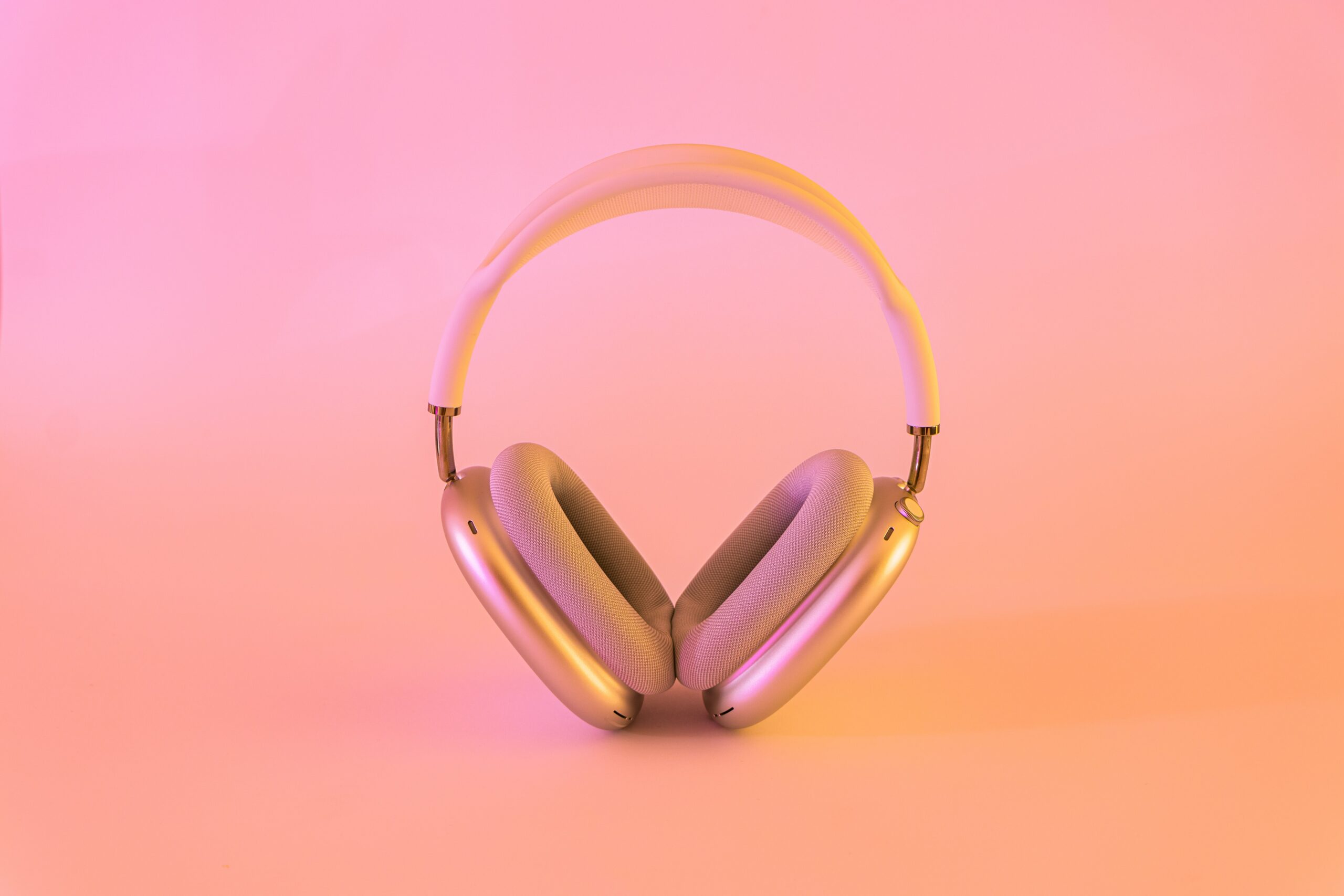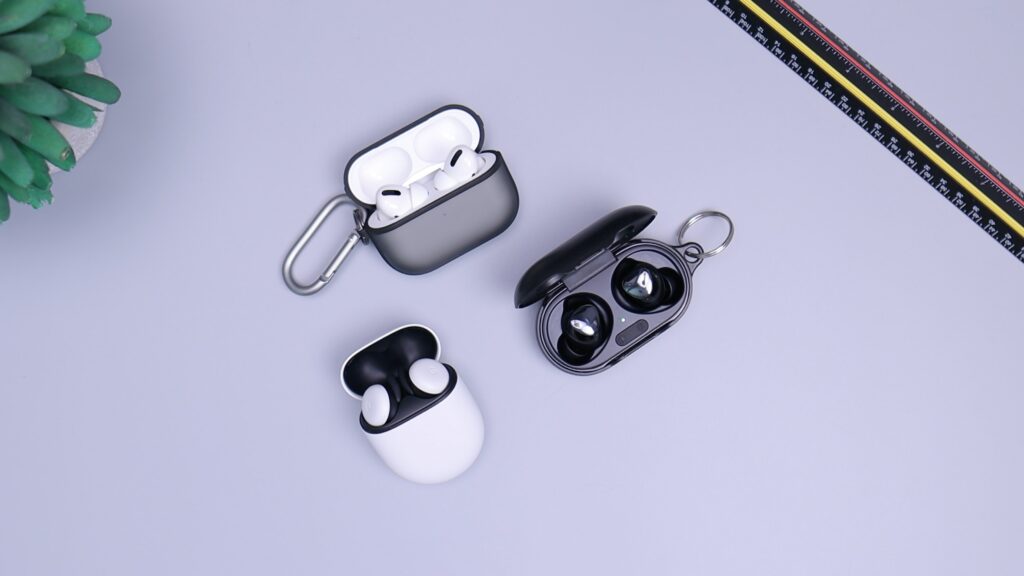India, a land of vibrant cultures and diverse traditions, offers a unique tapestry of lifestyles that captivate and inspire. From the bustling streets of Mumbai to the serene backwaters of Kerala, each region presents a distinct way of life shaped by centuries-old customs and modern influences. This blend of the old and new creates a fascinating mosaic that defines Indian living.
The lifestyle in India is as varied as its geography. Urban areas buzz with the energy of rapid development, while rural communities maintain a slower, more traditional pace. Food, fashion, and festivals play a pivotal role in daily life, with each state boasting its own flavors, styles, and celebrations.
Lifestyle India
India’s lifestyle offers a vivid tapestry of diverse influences. Major cities like Delhi, with its blend of ancient sites and modern hubs, exemplify urban living’s dynamic pace. Rural areas, however, capture traditions deeply rooted in agriculture and community bonding. Each setting provides unique experiences reflecting India’s geographical and cultural spectrum.
Cuisine plays a pivotal role in the Indian lifestyle. Regions present their own culinary delights: aromatic biryanis and curries in Hyderabad, spicy street food in Kolkata, and savory dosa in Chennai. These dishes highlight the distinctive flavors that define India’s gastronomic identity.
Fashion is a vibrant expression of India’s diversity. Traditional attire, such as sarees and turbans, coexists with contemporary western styles in fashion-forward cities like Mumbai and Bangalore. Festivals influence fashion choices, bringing colorful attire to the forefront during celebrations.
Festivals mark India’s calendar with vibrant traditions. Diwali, the festival of lights, and Holi, known for its color, transform daily life into lively events filled with music and dance. These celebrations unite communities, showcasing the country’s rich cultural heritage.
Traditional and Modern Influences
India’s lifestyle reflects a seamless blend of age-old traditions and contemporary innovations. The dynamic interplay between cultural heritage and urban development shapes its unique identity.
Cultural Heritage
India’s cultural heritage boasts a rich tapestry of art, music, dance, and religious practices. Classical dance forms like Bharatanatyam and Kathak preserve ancient techniques, conveying stories and ethos through intricate movements. Its music tradition, ranging from Hindustani to Carnatic, permeates both local and global platforms.
Urbanization Impact
Urbanization in India introduces new lifestyles while reshaping existing ones. Major cities such as Mumbai and Bangalore are epicenters of technological and infrastructural growth, attracting job seekers and fostering diverse communities. This population influx drives the evolution of social norms, transportation, and housing.
Food and Cuisine
India’s culinary landscape is vast and diverse, sharply influenced by its regional and cultural variety. Food here not only offers sustenance but also tells stories of tradition and innovation.
Regional Varieties
Regional cuisines in India reflect the distinct climate, produce, and traditions of each area. In the north, rich and creamy dishes like butter chicken and paneer tikka dominate, leveraging dairy products and spices. Moving to the south, the cuisine shifts to bold flavors with dishes like dosas and sambhar, emphasizing rice, lentils, and coconut.
Street Food Culture
Street food represents the heartbeat of Indian gastronomic life, vibrantly showcasing the country’s culinary diversity. In Mumbai, vada pav and bhel puri are popular snack choices, often enjoyed on the go. Delhi’s streets offer chaat varieties pulsing with flavors of tamarind and mint. Kolkata is famous for its kathi rolls, a fusion of kebab and paratha reflecting the city’s cosmopolitan nature.
Cultural Heritage Meets Modern Living
India’s lifestyle is a vibrant tapestry woven from its rich cultural heritage and modern advancements. The country’s diverse regions offer a unique blend of traditions and contemporary influences, from the bustling cities to the serene countryside. Food, fashion, and festivals stand as pillars of Indian life, each reflecting the nation’s deep-rooted customs and evolving identity.
As urbanization and globalization continue to shape lifestyles, India maintains its cultural essence while embracing change. This dynamic interplay creates a fascinating and ever-evolving landscape that captivates residents and visitors alike. Through its harmonious blend of the old and the new, India’s lifestyle remains a testament to its enduring spirit and innovative future.




